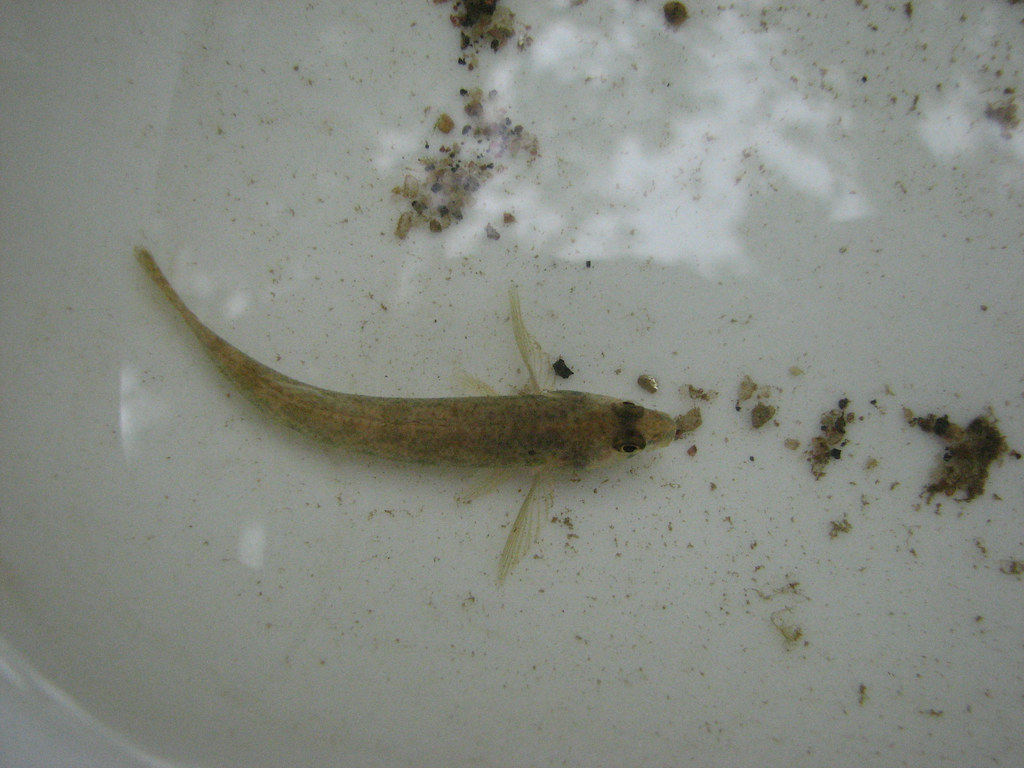Tessellated Darter
Etheostoma olmstedi
The tessellated darter is a small, sprightly relative of the yellow perch whose rapid movement along stream bottoms gives it its common name. It is a frequent find in the tributaries of the Chesapeake Bay.

